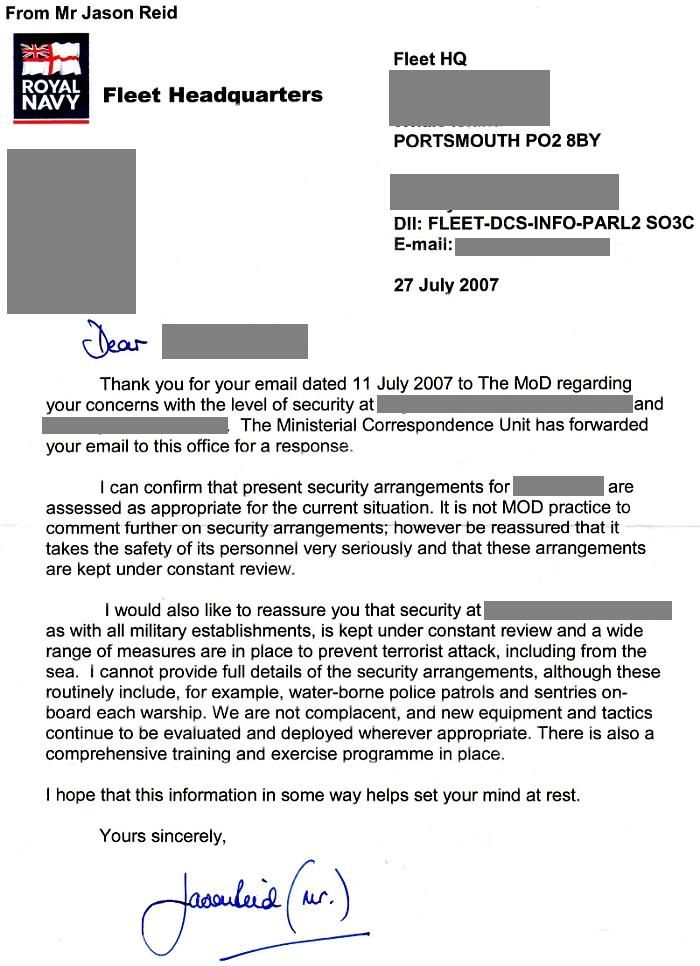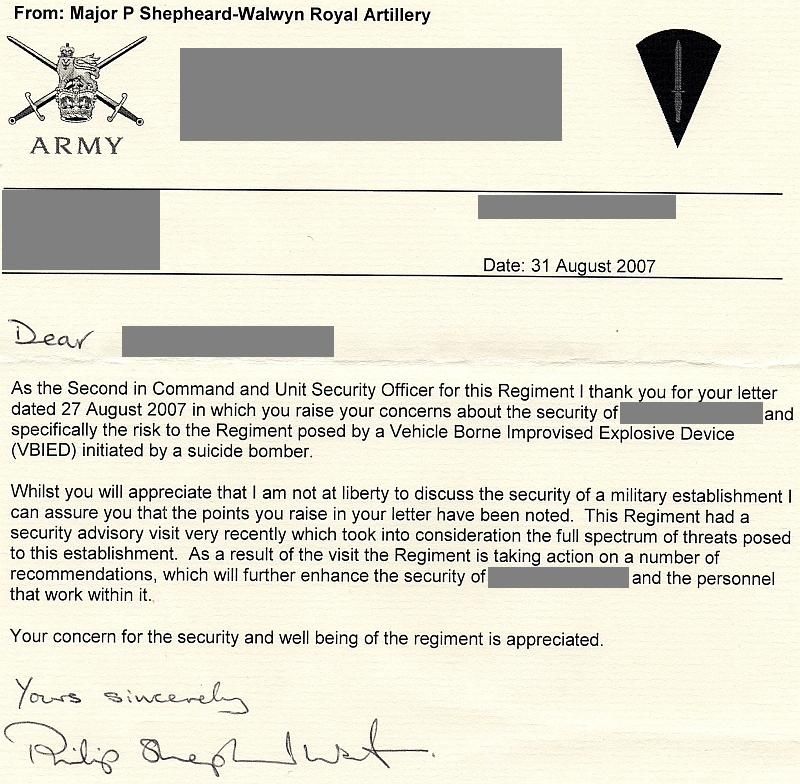1879: The Anglo-Zulu war begins in southern Africa when British troops invade Zululand over a border dispute.
1895: The National Trust is set up to preserve and protect landscapes of beauty or historic interest.
1970: Civil war ends in Nigeria with the capitulation of breakaway Biafra, following more than one million deaths.
Introduction
On 22 January 1879, at Rorke's Drift on the Natal border with Zululand, in South Africa, a tiny British garrison of 140 men - many of them sick and wounded - fought for 12 hours to repel repeated attacks by up to 3,000 Zulu warriors. This heroic defence was rewarded by Queen Victoria's government with no fewer than 11 Victoria Crosses, and was later immortalised by the film Zulu (1964), directed by Cy Endfield.
Few ... remember that it was fought on the same day that the British Army suffered its most humiliating defeat ...
Few, however, remember that it was fought on the same day that the British Army suffered its most humiliating defeat at nearby Isandlwana. Why? Because it suited those responsible for the disaster to exaggerate the importance of Rorke's Drift in the hope of reducing the impact of Isandlwana.
The true story of 22 January 1879 - the Empire's longest day - is one of unprovoked slaughter, of heroes being ignored and of the guilty being protected. And the responsibility for this lay with Queen Victoria herself.
An unnecessary war
Benjamin Disraeli © Like so many imperial conflicts of the period, the Zulu War was not initiated from London. Instead, Benjamin Disraeli's government - preoccupied with the Russian threat to Constantinople and Afghanistan - made every effort to avoid a fight. 'We cannot now have a Zulu war, in addition to other greater and too possible troubles', wrote Sir Michael Hicks Beach, the colonial secretary, in November 1878.
The man to whom this letter was addressed - Sir Bartle Frere - had others ideas, however. Frere had been sent out to to Cape Town with the specific task of grouping South Africa's hotch-potch of British colonies, Boer republics and independent black states into a Confederation of South Africa. But he quickly realised that the region could not be unified under British rule until the powerful Zulu kingdom - with its standing army of 40,000 disciplined warriors - had been suppressed.
So he exaggerated the threat posed by the Zulus to the British, and, when the home government refused to sanction war, took matters into his own hands in December 1878 by presenting the Zulu king, Cetshwayo, with an unacceptable ultimatum. This required, among other things, the disbandment of the Zulu Army, and war was the inevitable result.
Such unilateral action by an imperial pro-consul was not unusual during the Victorian period.
Such unilateral action by an imperial pro-consul was not unusual during the Victorian period. So great were the distances involved, and so slow the methods of communication, that British governors often took it upon themselves to start wars and annex provinces.
Lord Lytton, the Viceroy of India, was about to invade Afghanistan without reference to London. But the Zulu conflict was unique in that it was to be the last pre-emptive war launched by the British, prior to the recent campaign in Iraq.
1895: The National Trust is set up to preserve and protect landscapes of beauty or historic interest.
1970: Civil war ends in Nigeria with the capitulation of breakaway Biafra, following more than one million deaths.
Introduction
On 22 January 1879, at Rorke's Drift on the Natal border with Zululand, in South Africa, a tiny British garrison of 140 men - many of them sick and wounded - fought for 12 hours to repel repeated attacks by up to 3,000 Zulu warriors. This heroic defence was rewarded by Queen Victoria's government with no fewer than 11 Victoria Crosses, and was later immortalised by the film Zulu (1964), directed by Cy Endfield.
Few ... remember that it was fought on the same day that the British Army suffered its most humiliating defeat ...
Few, however, remember that it was fought on the same day that the British Army suffered its most humiliating defeat at nearby Isandlwana. Why? Because it suited those responsible for the disaster to exaggerate the importance of Rorke's Drift in the hope of reducing the impact of Isandlwana.
The true story of 22 January 1879 - the Empire's longest day - is one of unprovoked slaughter, of heroes being ignored and of the guilty being protected. And the responsibility for this lay with Queen Victoria herself.
An unnecessary war
Benjamin Disraeli © Like so many imperial conflicts of the period, the Zulu War was not initiated from London. Instead, Benjamin Disraeli's government - preoccupied with the Russian threat to Constantinople and Afghanistan - made every effort to avoid a fight. 'We cannot now have a Zulu war, in addition to other greater and too possible troubles', wrote Sir Michael Hicks Beach, the colonial secretary, in November 1878.
The man to whom this letter was addressed - Sir Bartle Frere - had others ideas, however. Frere had been sent out to to Cape Town with the specific task of grouping South Africa's hotch-potch of British colonies, Boer republics and independent black states into a Confederation of South Africa. But he quickly realised that the region could not be unified under British rule until the powerful Zulu kingdom - with its standing army of 40,000 disciplined warriors - had been suppressed.
So he exaggerated the threat posed by the Zulus to the British, and, when the home government refused to sanction war, took matters into his own hands in December 1878 by presenting the Zulu king, Cetshwayo, with an unacceptable ultimatum. This required, among other things, the disbandment of the Zulu Army, and war was the inevitable result.
Such unilateral action by an imperial pro-consul was not unusual during the Victorian period.
Such unilateral action by an imperial pro-consul was not unusual during the Victorian period. So great were the distances involved, and so slow the methods of communication, that British governors often took it upon themselves to start wars and annex provinces.
Lord Lytton, the Viceroy of India, was about to invade Afghanistan without reference to London. But the Zulu conflict was unique in that it was to be the last pre-emptive war launched by the British, prior to the recent campaign in Iraq.



















































































